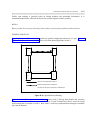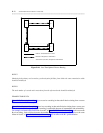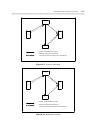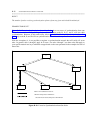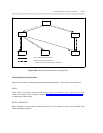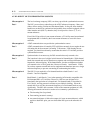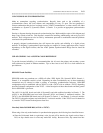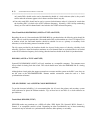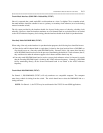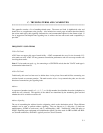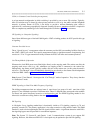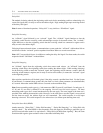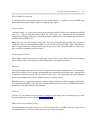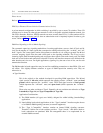SYNCHRONIZATION OF DIGITAL FACILITIES B-31
_ ______________________________________________________________________________________
_ ______________________________________________________________________________________
_ ______________________________________________________________________________________
Trunk-Mode Interface (ISDN-PRI + Robbed Bit) (TN767)
Since it is expected that a trunk mode DS1 would terminate at a class-5 or higher CO or at another switch,
the trunk interface should be suitable for use as a primary or secondary clock reference (or to be the timing
master for another switch).
The slip count provided by the interface should also be used in the process of choosing a healthy clock
reference. However, when the interface terminates on a D4-channel bank (or equivalent) that is not locked
to the AT&T reference frequency for its timing, then the interface should not be used for synchronization.
Line-Only Mode DS1/DMI-BOS (TN767)
When using a line-only mode interface for synchronization purposes, the following facts should be known:
• Since the far-end D4-channel bank (or equivalent) is timed to the signal received from a DS1/DMI, no
slips should occur on a line-only mode DS1/DMI facility. Because of this, slip counts from line-only
mode DS1/DMI should not be used in the process of determining the health of a clock reference (that is,
they would tend to make the reference appear to be in better condition than it may be).
• Line-only mode DS1/DMI should not be used as system clock references unless it is known for certain
that the incoming DS1/DMI signal is locked to the AT&T reference frequency. Normally, a DS1/DMI
facility terminating directly on the far-end D4-channel bank is not locked to the AT&T reference
frequency.
Trunk-Mode DS1/DMI-MOS (TN767)
For Generic 1, DS1/DMI-MOS (TN767) will only terminate at a compatible computer. The computer
must always obtain its timing from the switch. The switch should never select the DMI-MOS link as a
timing reference.
NOTE: For Generic 1, the TN722 may be used instead of the TN767 for non-ISDN applications.



